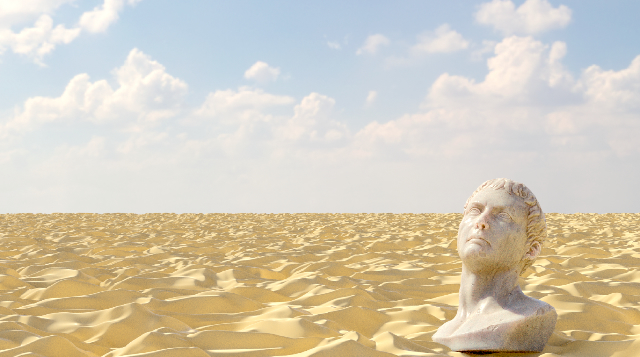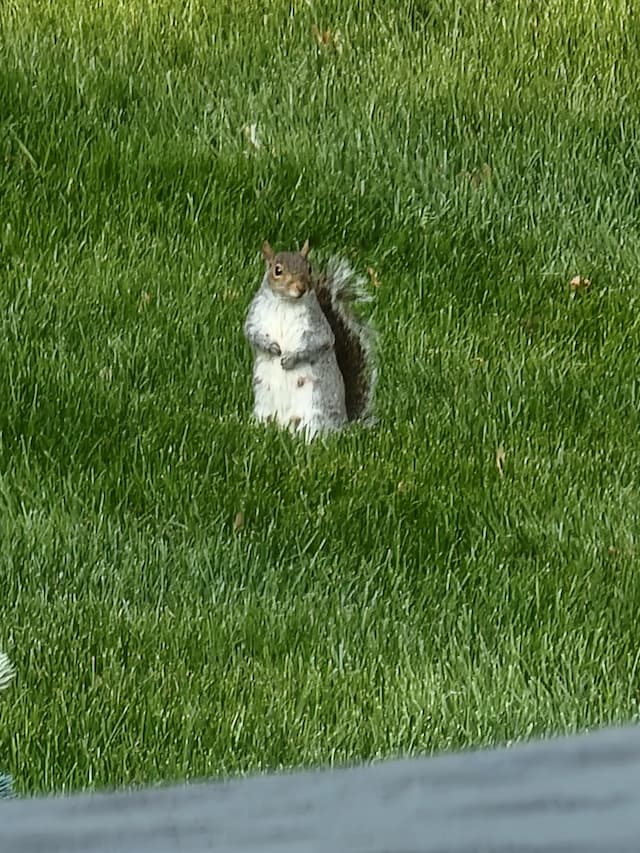CSS Image Hover Effects
In the ever expanding world of web design, users interact with websites in subtle ways, ones in which developers might not take into account. CSS image hover effects are remarkable techniques that are used to further enhance and expand user interactivity on a webpage. From revealing text from under a captivating photo to highlighting names and important information, image hover effects can do many things to make webpages even more immersive and interactive! This effect triggers a visual change when a user hovers their cursor over an image, adding an interactive element to web pages.
CSS image hover effects can have many use cases. For example, you can hide a caption underneath a photo or play a unique animation when a photo is hovered over. You can use image hover effects as ways to access links that traditional text can not. For example, hovering over an image of a map of hiking trails may lead to a seperate page detailing each trail. These are just several ways that image hover effects can be used to highten a website's interactivity.
CSS hover effects are based on the :hover pseudo-class in CSS, which will detect whenever a user points their mouse over an image or any kind of text. By targeting image elements, web developers and graphic designers can create unique ways in which a user can interact with a webpage using images and text. The applications range from simple changes like altering an image's brightness or contrast to more complex transformations like transitions, rotations, and overlays.
There are a multitude of different types of image hover effects that can be used in CSS. These include opacity changes, color shifts, zoom (scale) and rotate, text overlays, and borders and shadows. Opacity changes alter the opacity of an image. Color shifts apply a color filter to the image, which can change properties such as their hue and saturation. Zoom and rotate can animate the image to zoom in or rotate. Text overlays can display text or icons over an image. Finally, border and shadows can highlight an image and display a sense of depth.
When taking a look at the Photo Gallery section on my webpage, you can see how hovering over an image changes some elements of the page. In this case, the black shadow underneath each image will turn white. The blue border surrounding each image will change into a bright cyan color when an image is highlighted. These effects give this section a sense of depth and interactivity that a plain unstyled image cannot achieve.
Below this blog is a CodePen embed by Naoya which showcases various effects that can be achieved by using the :hover pseudo-class in CSS. In these examples, the author uses various effects and animations, such as blur and color changes. There's even several animations, such as a glass-like shine animation and a water-like circle animation. CSS image hover effects provide unique ways for developers and web designers to customize and further enhance images on their webpages while boosting user interactivity, fidelity, engagement, and immersion.



